





 |
 |
 |
 |
 |
 |
| Archiaston Musamma Family | profile | all galleries >> Galleries >> Lake Minnewanka, Banff, Canada | tree view | thumbnails | slideshow |
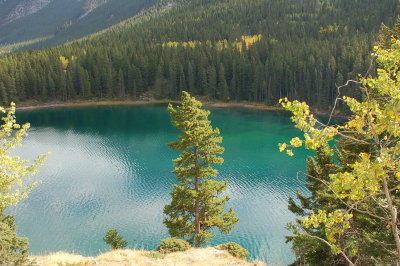 Lake Minnewanka |
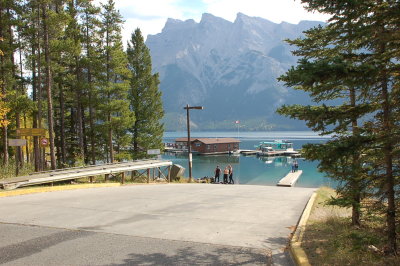 Lake Minnewanka |
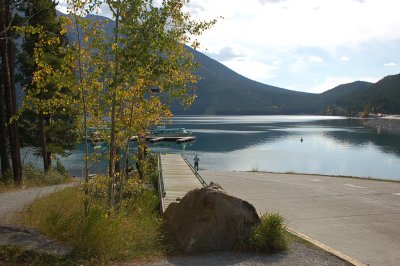 Lake Minnewanka |
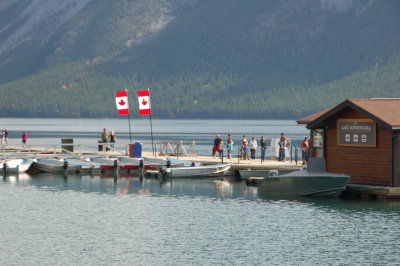 Lake Minnewanka |
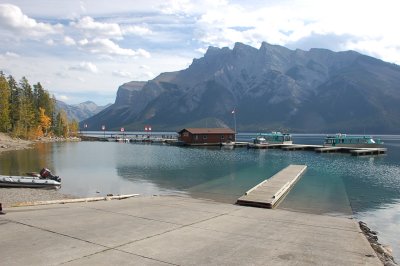 Lake Minnewanka |
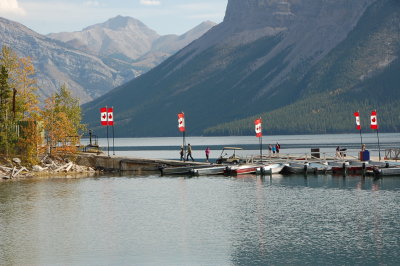 Lake Minnewanka |
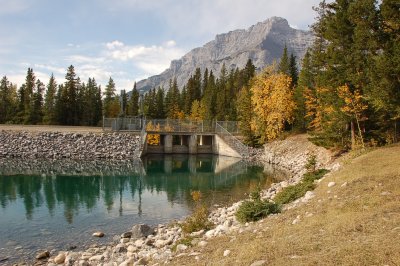 Lake Minnewanka |
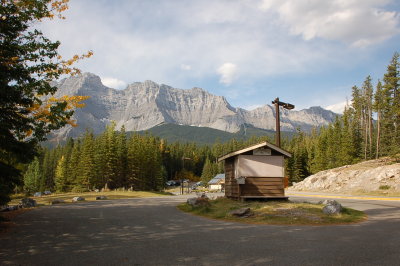 Lake Minnewanka |
| comment | share |